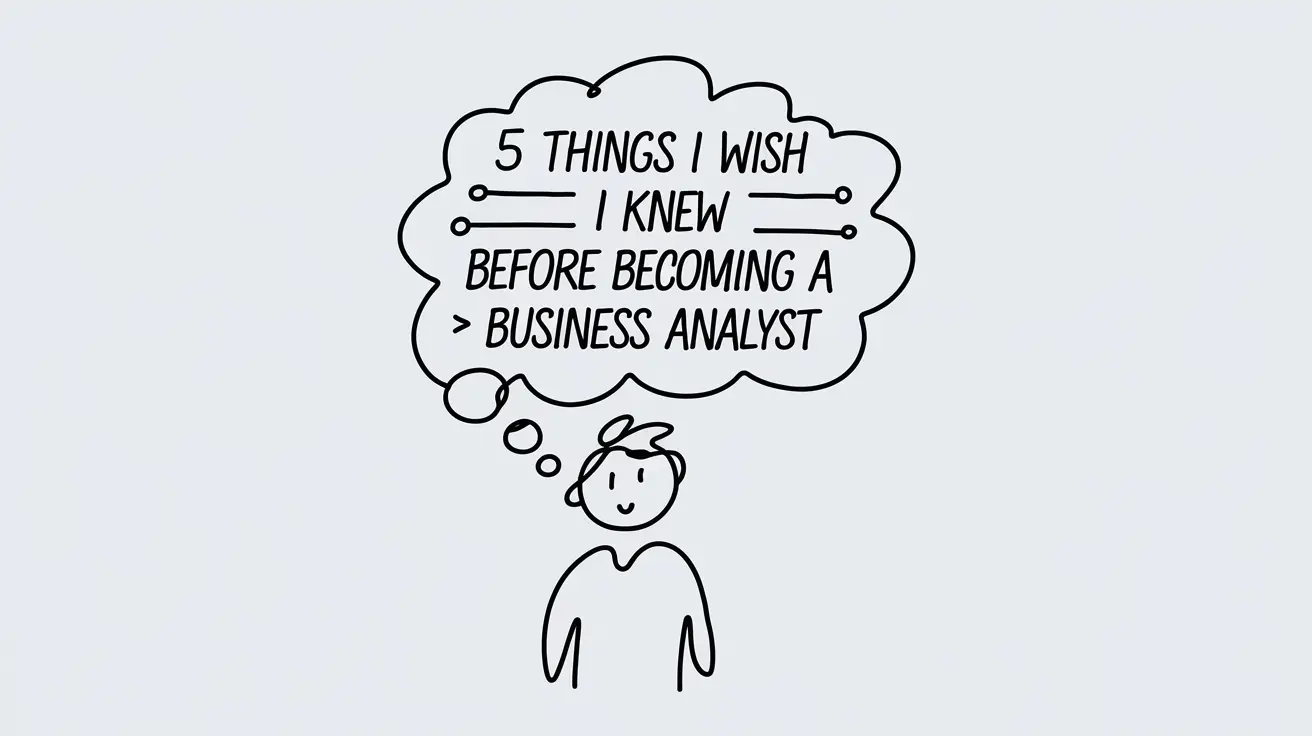Understanding Stakeholder Behavior
Understanding stakeholder behavior is crucial for any organization seeking to effectively engage and influence their stakeholders. Stakeholders, whether they are customers, employees, investors, or community members, are driven by a complex array of motivations, preferences, and biases that shape their attitudes and actions. By delving into the psychology behind stakeholder behavior, businesses can gain valuable insights into what drives their stakeholders and devise strategies to better serve their needs.
One key aspect of understanding stakeholder behavior is recognizing the influence of behavioral economics. This field combines insights from psychology and economics to understand how individuals make choices and how their behavior can be influenced. By considering factors such as cognitive biases, social norms, and decision-making heuristics, organizations can design their communication and engagement strategies in ways that align with stakeholders’ cognitive frameworks and increase the likelihood of desired outcomes. With a deep understanding of stakeholder behavior and the power of behavioral economics, organizations can navigate the complex landscape of stakeholder engagement and build lasting relationships based on mutual understanding and benefit.
The Power of Behavioral Economics
Behavioral economics is a powerful field that combines principles from psychology and economics to better understand why people make the decisions they do. By examining how individuals’ behaviors are influenced by their cognitive biases and emotions, researchers in this field are able to shed light on the often irrational nature of economic decision-making.
One key concept in behavioral economics is the idea that humans are not always rational actors, as traditionally assumed in classical economic theory. Instead, people frequently rely on mental shortcuts, known as heuristics, when making choices. These heuristics can often lead to biases and errors in judgment, which in turn impact economic outcomes. By understanding these cognitive biases, policymakers and businesses can devise strategies that nudge individuals towards making more optimal decisions, ultimately improving their own welfare, as well as that of society as a whole.
Identifying Key Stakeholders
Understanding the various stakeholders involved in a project or an organization is essential for successful outcomes. By identifying key stakeholders, you can effectively manage and address their expectations, concerns, and needs. These stakeholders can include individuals or groups such as employees, customers, suppliers, shareholders, government agencies, and even the general public.
To identify key stakeholders, it is crucial to conduct thorough research and analysis. Start by determining who is directly or indirectly affected by the project or has a vested interest in its success. This could involve reviewing relevant documents, conducting interviews or surveys, and analyzing existing data. By understanding the roles, power dynamics, and relationships among different stakeholders, you can create a comprehensive stakeholder map that allows you to navigate challenges, build relationships, and make informed decisions.
Analyzing Stakeholder Motivations
Organizations often face the challenge of understanding the motivations that drive stakeholders’ behavior. Analyzing stakeholder motivations is a crucial step in formulating effective strategies and interventions. By delving into what motivates stakeholders, organizations can tailor their approaches to align with those motivations, increasing the likelihood of successful outcomes.
One important aspect to consider when analyzing stakeholder motivations is the concept of self-interest. Stakeholders are often driven by their own individual interests and objectives. Whether it’s financial gain, personal reputation, or a desire for power and influence, understanding these underlying motivations can help organizations develop approaches that resonate and appeal to stakeholders on a deeper level. By addressing and aligning with the self-interest of stakeholders, organizations can build trust and foster long-term relationships based on mutual benefits.
Stay tuned for the next section, where we will explore how organizations can leverage behavioral science principles to further analyze and understand stakeholder motivations.
Using Behavioral Science Principles
In today’s fast-paced world, understanding human behavior has become more crucial than ever. Utilizing behavioral science principles can provide valuable insights into the motivations and decision-making processes of individuals. By delving into the realm of psychology and observing how people are influenced, organizations can better design strategies and interventions that drive desired outcomes.
One key principle of behavioral science is the concept of framing. By presenting information in a certain way, decision-makers can be influenced to perceive a situation differently and subsequently make different choices. For example, highlighting the potential losses rather than the gains can sway individuals to take action. Understanding how different frames impact decision-making allows organizations to craft persuasive messages that resonate with stakeholders, increasing the likelihood of their acceptance and engagement.
Another principle of behavioral science that organizations can leverage is the concept of priming. Priming refers to the idea that exposure to certain stimuli can influence subsequent behavior and decision-making. By subtly and strategically introducing ideas or cues into the environment, organizations can nudge stakeholders towards desired actions. For instance, placing recycling bins in prominent locations can prime individuals to recycle their waste. By incorporating such subtle prompts, organizations can create an environment that encourages cooperative behaviors.
In summary, using behavioral science principles can provide organizations with a powerful arsenal of tools to understand and influence stakeholder behavior. By applying concepts such as framing and priming, organizations can craft persuasive messages and create an environment that fosters cooperation. Ultimately, the ability to harness these principles effectively can lead to greater success in achieving desired outcomes and goals.
Crafting Persuasive Messages
Crafting persuasive messages is a crucial aspect of stakeholder engagement. When communicating with key stakeholders, it is important to understand their motivations, preferences, and perspectives in order to create messages that resonate with them. By tailoring the content, language, and tone of our messages to the specific needs and interests of our stakeholders, we can increase the likelihood of capturing their attention and persuading them to take the desired action.
To craft persuasive messages, it is essential to utilize principles of behavioral science. Understanding how individuals make decisions and what influences their behavior can help us create messages that appeal to their cognitive biases and psychological tendencies. By leveraging principles such as social proof and scarcity, we can make our messages more relatable and compelling. Additionally, utilizing nudge theory can help guide stakeholders towards making the desired choices by subtly influencing their decision-making process. Ultimately, by applying behavioral science principles, we can enhance the effectiveness of our messages and improve the chances of achieving our desired outcomes.
Leveraging Social Proof
Social proof is a powerful influencer of human behavior. When people see others engaging in a specific action or behavior, they are more likely to replicate it themselves. This is because we inherently look to others for guidance in uncertain or unfamiliar situations. Leveraging social proof involves strategically using this phenomenon to shape stakeholder behavior in desired ways.
One effective way to leverage social proof is by showcasing testimonials or reviews from satisfied stakeholders. For example, featuring quotes from high-profile individuals or influential organizations who have had positive experiences can create a sense of credibility and trustworthiness. Stakeholders are more likely to be persuaded to adopt a particular stance or take a specific action if they perceive that others, especially those they consider to be knowledgeable or reputable, have already done so. Thus, incorporating social proof into communication and messaging can be a persuasive technique to drive stakeholder engagement.
Applying Nudges and Defaults
Nudges and defaults are powerful tools in influencing stakeholder behavior. By subtly guiding individuals towards certain choices and making those choices the default option, organizations can encourage desired behaviors without resorting to force or persuasion.
One example of a nudge is implementing an opt-out system instead of an opt-in system. By making the desired behavior the default option, individuals are more likely to go along with it without much thought or effort. Similarly, setting default settings on digital platforms, such as automatically signing up users for newsletters or notifications, can significantly increase engagement and participation. These small changes can have a big impact on stakeholder behavior and help organizations achieve their goals more effectively.
Creating an Environment for Cooperation
One of the key factors in fostering cooperation among stakeholders is creating an environment that promotes trust and collaboration. By establishing open lines of communication, providing opportunities for dialogue, and actively listening to the concerns and ideas of all stakeholders, organizations can create a conducive atmosphere for cooperation. It is also important to ensure that all stakeholders feel valued and respected, as this can greatly enhance their willingness to work together towards a common goal.
In addition to building a supportive environment, organizations should also implement mechanisms that encourage collaborative decision-making and problem-solving. This can include involving stakeholders in the decision-making process, seeking their input and feedback, and allowing them to have a sense of ownership over the outcomes. By actively involving stakeholders and considering their perspectives, organizations can create a cooperative environment that fosters creativity, innovation, and shared responsibility.
Measuring and Evaluating Success
When it comes to measuring and evaluating success, organizations often face the challenge of finding the right metrics to assess their stakeholder engagement efforts. While traditional methods such as surveys and feedback forms can provide valuable insights, they may not capture the holistic picture of stakeholder behavior. In order to overcome this limitation, companies should consider utilizing a combination of quantitative and qualitative measures. By analyzing data from multiple sources, including social media engagement, website analytics, and customer testimonials, organizations can gain a more comprehensive understanding of the impact and effectiveness of their stakeholder engagement strategies.
In addition to selecting the right metrics, it is equally important to establish clear benchmarks and goals for success. This involves setting realistic targets and expectations based on the specific objectives of the stakeholder engagement initiative. By defining what success looks like in quantifiable terms, organizations can then track their progress over time and make any necessary adjustments to their strategies. This iterative approach allows for continuous improvement and ensures that organizations are constantly learning from their experiences and adapting their engagement efforts to better meet the needs and motivations of their stakeholders.
• Organizations should consider utilizing a combination of quantitative and qualitative measures to measure and evaluate success in stakeholder engagement efforts.
• Data from multiple sources, such as social media engagement, website analytics, and customer testimonials, can provide a more comprehensive understanding of the impact and effectiveness of stakeholder engagement strategies.
• Establishing clear benchmarks and goals for success is crucial in measuring and evaluating success.
• Setting realistic targets based on specific objectives allows organizations to track their progress over time.
• Continuous improvement is possible by making necessary adjustments to strategies based on feedback and experiences.
How can understanding stakeholder behavior contribute to measuring and evaluating success?
Understanding stakeholder behavior helps identify their motivations and preferences, allowing for more accurate measurement and evaluation of success based on their reactions and responses.
What is the importance of behavioral economics in measuring and evaluating success?
Behavioral economics provides insights into how stakeholders make decisions and respond to different incentives, which is crucial for accurately measuring and evaluating success based on their behavior.
How can we identify key stakeholders for measuring and evaluating success?
Identifying key stakeholders involves identifying individuals or groups who have a significant influence or interest in the outcome being measured, as their behavior and perspectives are crucial for evaluating success.
Why is it important to analyze stakeholder motivations when measuring and evaluating success?
Analyzing stakeholder motivations helps understand why they behave in certain ways and what drives their decision-making, enabling a more comprehensive assessment of success based on their desired outcomes.
How can behavioral science principles be applied to measuring and evaluating success?
Applying behavioral science principles involves using insights from psychology and behavioral economics to design interventions, incentives, and strategies that influence stakeholder behavior, thereby aiding in the measurement and evaluation of success.
What role does crafting persuasive messages play in measuring and evaluating success?
Crafting persuasive messages helps influence stakeholders’ perceptions, attitudes, and behaviors, which can have a direct impact on the measurement and evaluation of success based on their responses to the messages.
How can leveraging social proof contribute to measuring and evaluating success?
Leveraging social proof involves showcasing evidence of how others have behaved or responded in a desired way, which can influence and guide stakeholders’ behavior, thus affecting the measurement and evaluation of success.
What are the benefits of applying nudges and defaults when measuring and evaluating success?
Applying nudges and defaults involves designing the environment or choice architecture in a way that guides stakeholders towards desired behaviors or outcomes, making it easier to measure and evaluate success based on their responses to these prompts.
Why is creating an environment for cooperation essential for measuring and evaluating success?
Creating an environment for cooperation fosters collaboration and positive interactions among stakeholders, which can lead to more successful outcomes. Measuring and evaluating success becomes more meaningful in such an environment due to the collective effort and shared goals.
How can success be measured and evaluated in the context of stakeholder behavior?
Success in the context of stakeholder behavior can be measured and evaluated by assessing the extent to which stakeholders have exhibited the desired behaviors, achieved the intended outcomes, or aligned with the defined objectives.














Leave a Reply